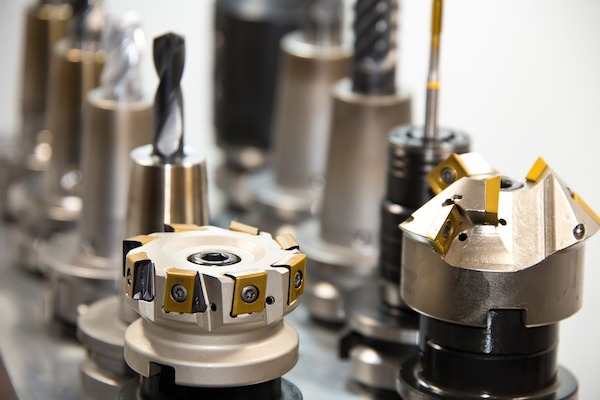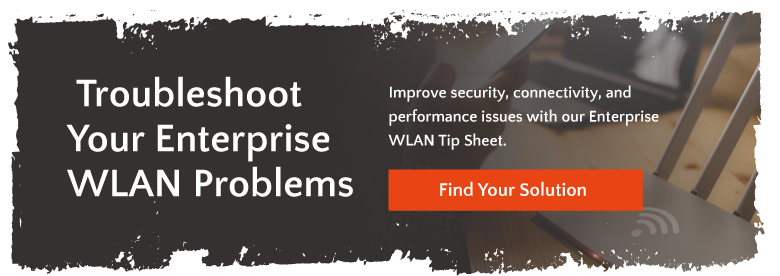
Industry 4.0 is one of the hottest topics for the manufacturing and distribution industries right now. While companies see the importance of joining the revolution, they’re realizing that implementing Industry 4.0 initiatives pose many challenges.
Here we’ll explore the most efficient and effective ways to help a company implement Industry 4.0 in their facilities.
In our previous blogs in this series, we covered the history of all four industrial revolutions and the benefits from each one, how Industry 4.0 is impacting Manufacturing and Distribution systems and how Industry 4.0 combined with IoT has created a new business ecosystem.
IoT is the Key to Industry 4.0
The key to effectively becoming a part of Industry 4.0 is the Internet of Things (IoT). A brief definition of IoT is seamless integration – it’s the ability for devices to connect and communicate in real time without the need for special programming. The continuous influx of real-time data creates visibility into the process as well as insights that allow manufacturing and distribution sectors to react and adjust for unanticipated changes.
The Information Value Loop
This seamless integration between manufacturing and distribution equipment with the Information Value Loop provides a continuous cycle of communication which allows the leap forward into Industry 4.0.
Implementing IoT can be broken down into two parts:
- Purchasing and installation of IP-enabled equipment
- Ensuring that a robust network is in place
Assessing IT Infrastructure
Begin first with an assessment of existing IT infrastructure. Figure out which plant equipment is IP-enabled, and if it has the ability to easily send data and receive commands. This assessment should also include the hardware that makes up the existing network.
IP-enabled equipment includes sensors, actuators, repeaters and switches. It also includes the software needed to enable the collection and transfer of data from equipment to the augmented intelligence that receives the data, interprets it and then sends back the appropriate command response to the equipment. Recent studies have determined that the addition of internet connected devices to manufacturing and distribution facilities have increased exponentially every year and will continue to increase exponentially during the next few years.
Items to consider:
- Robustness of network i.e. signal strength,
- Network hotspots
- Dead zones
- Security levels currently in place for the network
Network equipment and controls that do not meet the anticipated future needs should be slated for upgrades or replacement.
Preparing and Implementing Upgrades
Once the assessment has been completed, the equipment and controls that do not meet the specifications needed for IoT must then be upgraded or replaced. This may be the most daunting part of the integration. But proper planning and implementation of upgrades and replacements will ensure that equipment is replaced as efficiently as possible.
It’s also critical that the network is operating at the strength and speed necessary to ensure that manufacturing and distribution systems operate smoothly.
Combating Dead Zones
This requires reviewing the network for the previously mentioned weakness. Focus on identifying dead zones. As explained in a previous post, anything that interferes with the Wi-Fi radio waves can cause a dead zone. This includes large metal objects, wireless sound and wireless security systems and even the employee break room because it has microwaves. The bad news is that manufacturing and distribution systems are full of objects that may interfere with the network. The good news is that you can overcome these limitations by having a site survey completed before the network is upgraded.
Embracing Industry 4.0
Preparing a facility or even multiple facilities to implement Industry 4.0 is a very large undertaking. There are many moving pieces to the project and the implementation can quickly fall behind schedule and exceed budgets. Using the services of IT professionals can help to ensure that the implementation goes smoothly and efficiently while staying on schedule and within budget.


